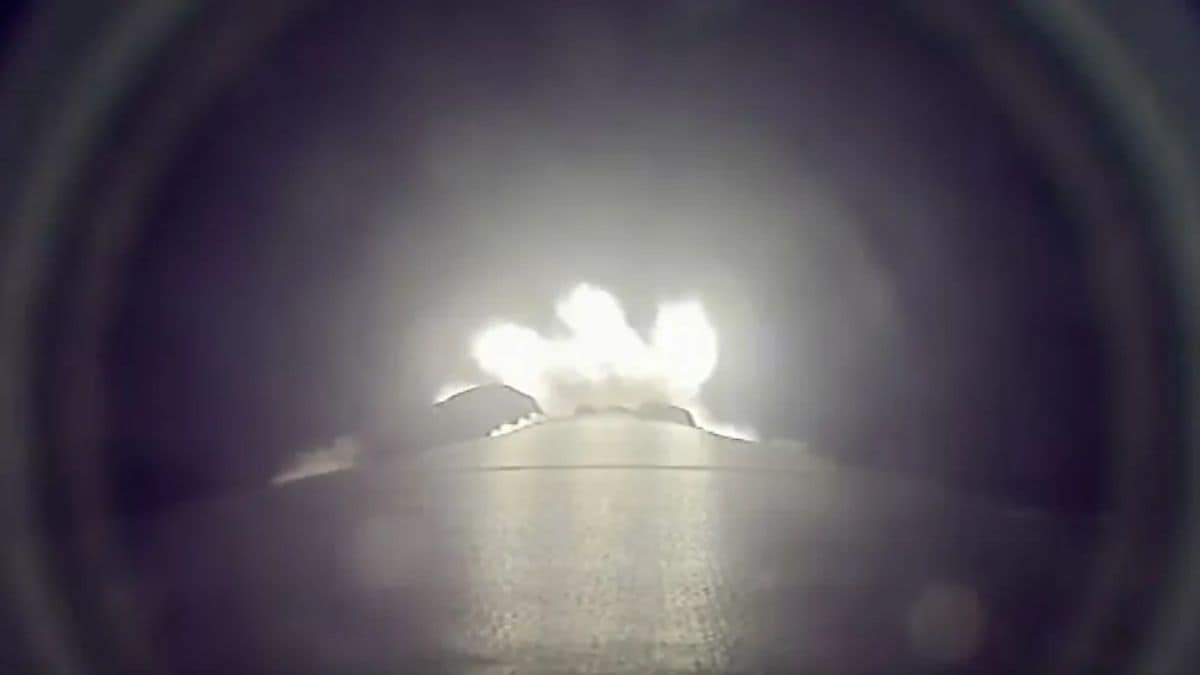SpaceX continues to expand its broadband service by sending off 24 more starlink satellites on Aug 14. A Falcon 9 rocket lifted off at 1:05 a.m. EDT (0505 GMT or 10:05 p.m. PDT on Aug. 13 local) from Space Launch Complex 4 East at Vandenberg Space Force Base. About nine minutes later, after a nominal ascent, the Starlink Group 17-4 mission reached space. These regular launches are part of SpaceX's ongoing plan to blanket the Earth with satellite internet connectivity.
Mission Highlights
According to the official SpaceX website, the Falcon 9's first-stage booster (B1093) performed flawlessly on its fifth flight, landing upright on the drone ship Of Course I Still Love You in the Pacific Ocean. All of booster B1093's missions have been dedicated to growing SpaceX's Starlink megaconstellation. After stage separation, the rocket's upper stage (with a single Merlin engine) reached its target orbit and was on track to deploy the 24 satellites roughly one hour after liftoff. Thursday's launch was SpaceX's 98th Falcon 9 mission of 2025 and the 516th flight since 2010. It marked the 452nd reuse of a Falcon 9 first stage and the 487th booster landing for the company.
Broader Impact and Future Plans
Thursday's launch brought SpaceX's active Starlink constellation to over 8,100 satellites (out of nearly 9,400 launched since 2018). The growing network aims to deliver low-cost broadband to locations around the globe, including remote or underserved regions. Starlink service already covers roughly 130 countries and territories, and SpaceX plans to deploy roughly 12,000 satellites (with a possible later extension) to achieve true global coverage. For example, the next mission (Starlink 17-5) was scheduled for Aug. 15 to send another 24 satellites into orbit.

Comments
Post a Comment